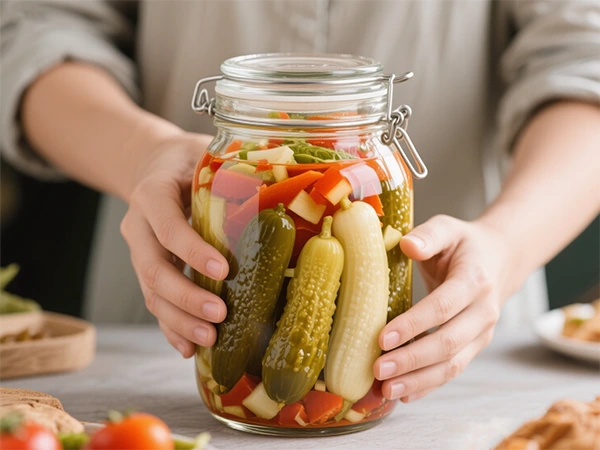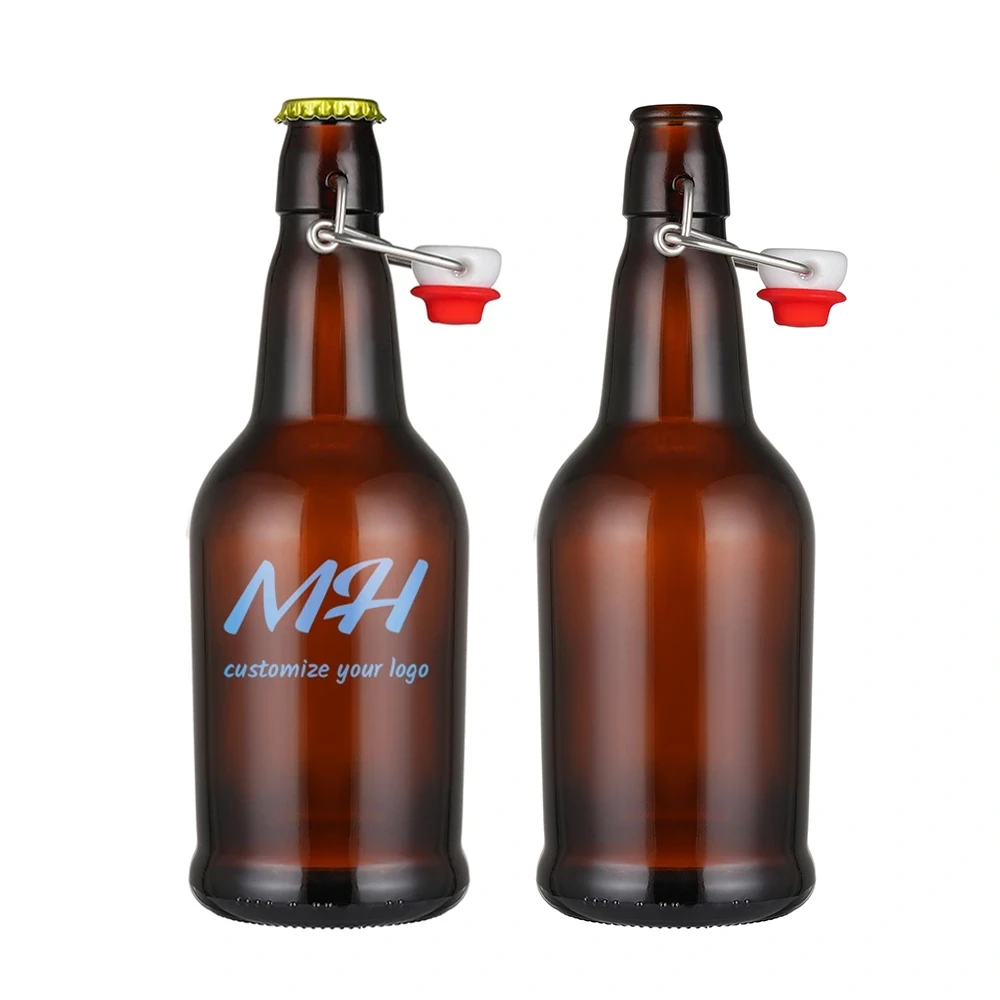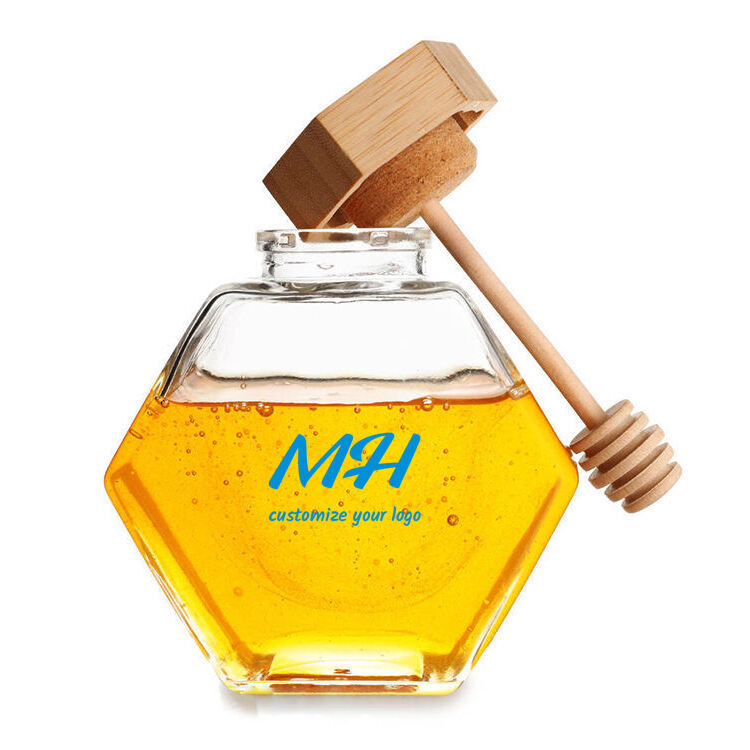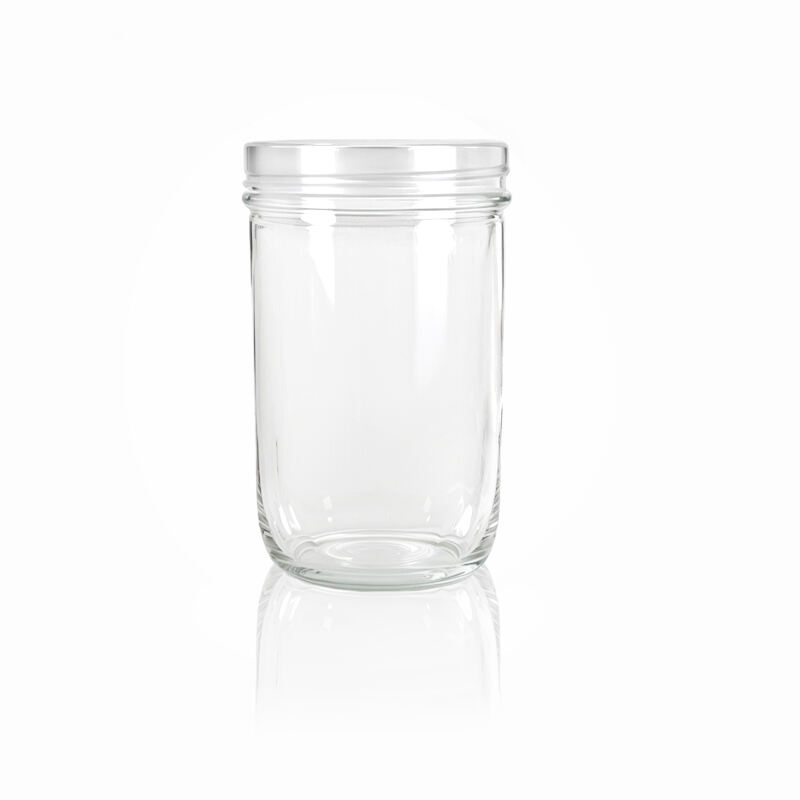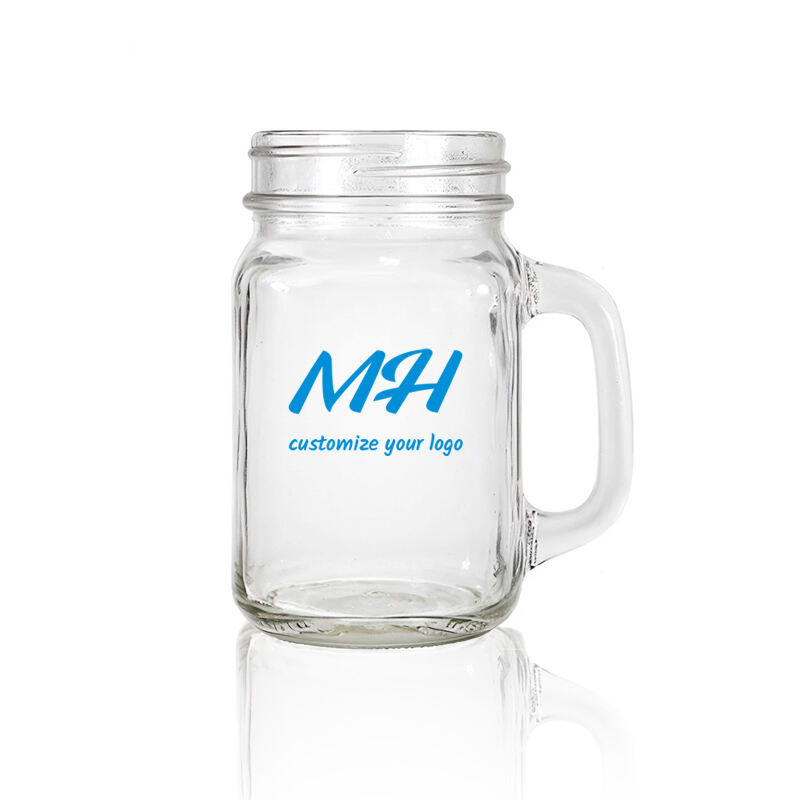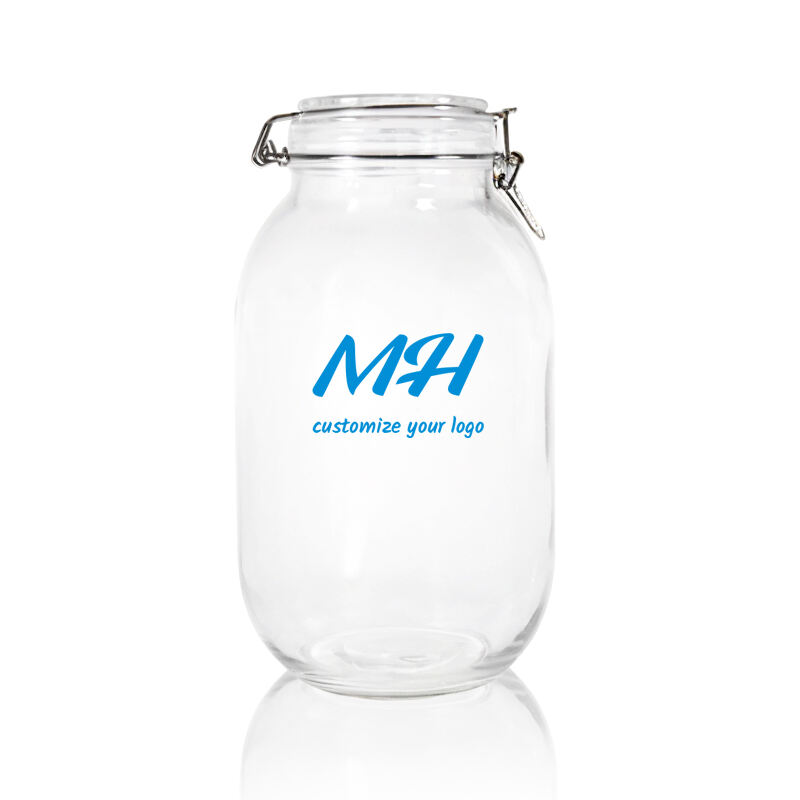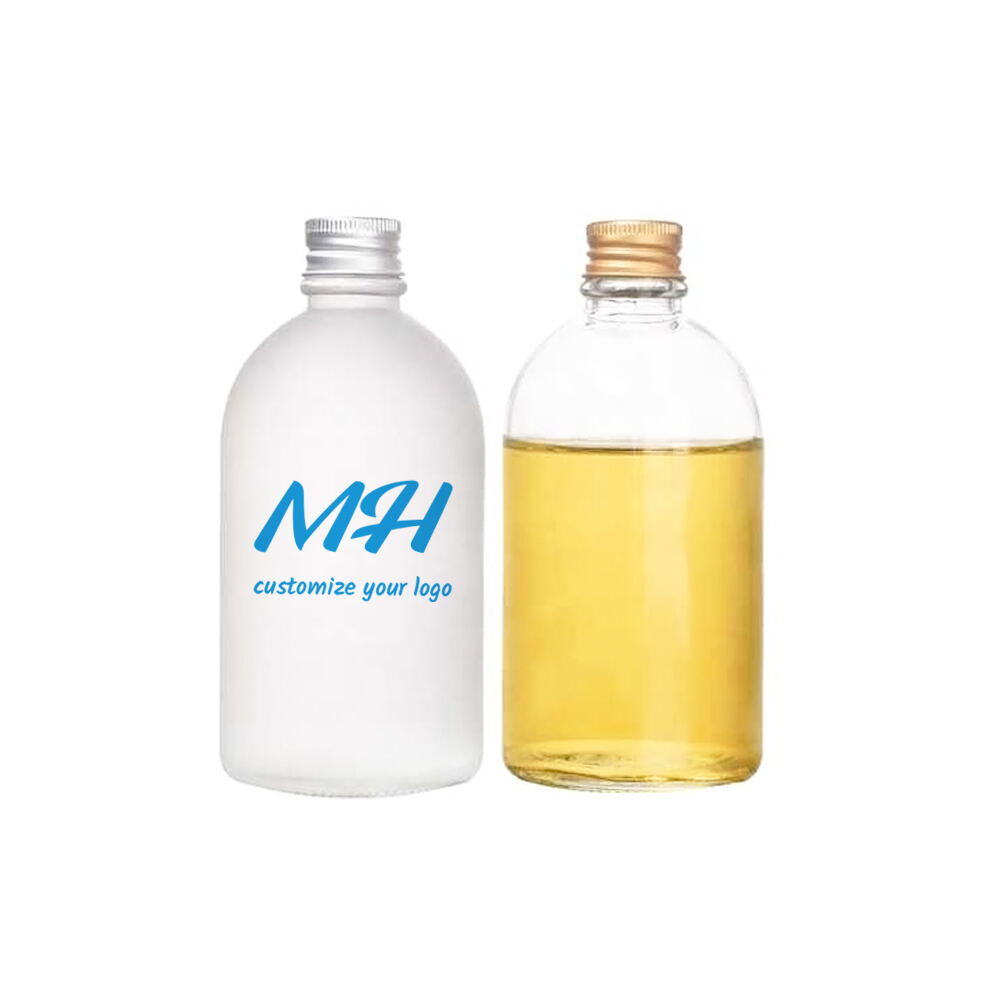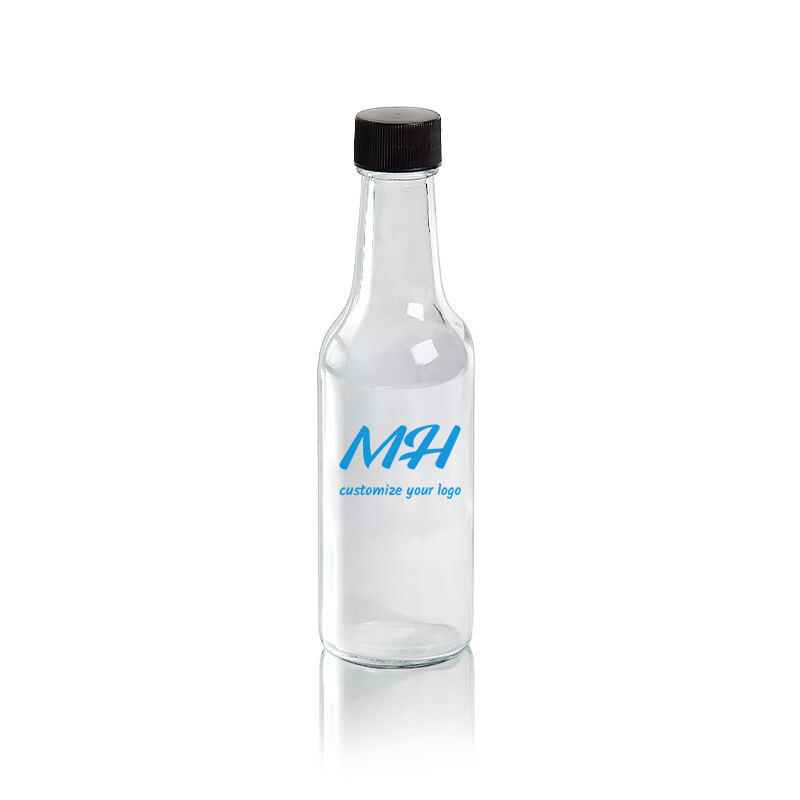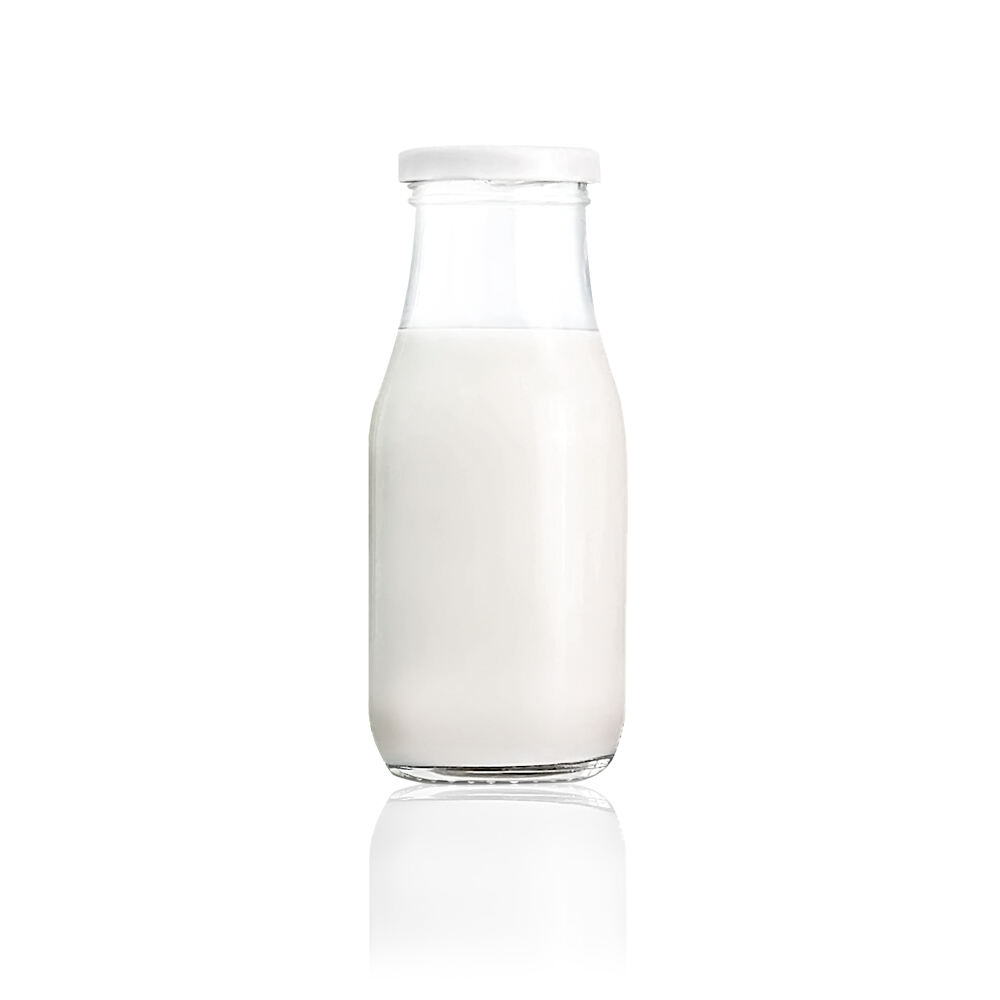The type of pickling jar by Xuzhou Minghang Packaging Products Co., Ltd. used has significant influence on process of pickling products when operating in large capacity. The size of jar will affect the quality of the pickled product, the storage and organization as well as the cost of production extensively. In this guide, you will find the important steps to follow and some valuable advice on how to select the appropriate size of pickling jar for large-scale fermentation.
Understanding Your Production Scale
Before you choose the size of your Pickling jars there is a lot that you will have to evaluate on the scale of your production. Are you marketing your produce in a small town or city, or are you marketing your products at national level? Depending on your production capacity, you will be in a position to determine which jar size is most appropriate for your use.
Low to Medium Level Production
Small to medium scale production thus typically requires jars that have 500 ml to a liter of volume. These sizes are small enough and easy to handle and take less time to prepare in smaller lots which is good for business since food should not stay for long productive of spoilage. In addition, they are also beneficiary to the consumers so that they will get an adequate amount of the product they require.
Large Scale Production
In case of production in large number the quality and sameness become the primary essentialities. Jars whose literage is 2 or more are preferable as they will call for the amount of jars needed to be cut down while increasing the efficiency the process as well as minimizing the time it takes to handle the jars more than once. There are advantages, however, for selecting larger jars, such as the jars not be as convenient for storage and transportation.
Contemplate the Type of the Product to be Pickled
There is one thing that should be mentioned related to the size of the chosen jar: the type of product you are going to pickle determines the jar size. It will be necessary to immerse different products in different quantities of brine and occupy different space in jars for successful pickling.
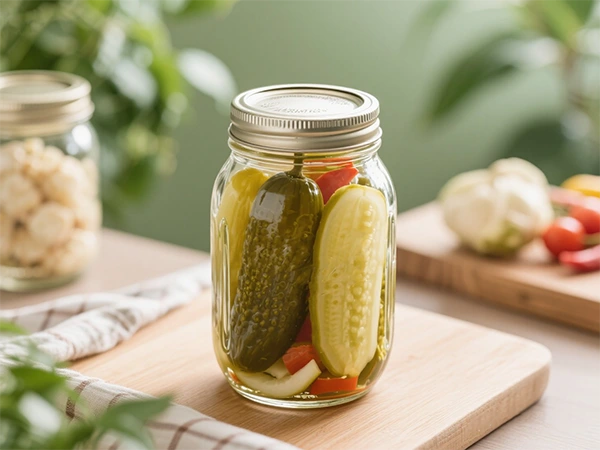
Vegetables and Fruits
With fruits and vegetables, they generally go for large jars. If it is whole cucumbers, whole carrots, or even whole stone fruits, they may not fit in a 500 ml jar, you may need a 1-litre jar at least. However, if you are carving these items or making cut/pure vegetable pickles, then minor jars of approximately 500 ml to 750 ml can suffice.
Sauerkraut and Kimchi
Although fermenting foods like sauerkraut or kimchi requires some space for gases to escape to during the process of fermenting. The best type of jars for canning are wide mouth jars that should be at least 1 liter though 1.5 or 2 liter might be better in a commercial production environment.
Material and Durability
This is however greatly determined by the material that the pickling jar is made from. The common jars used in pickling are glass since they do not affect the taste and quality of the food items being pickled. Consider the following:
Glass Thickness
In the mass production process, it is a requirement that the products have to be very strong. Select jars with stronger glass walls to endure the pressure and rough handling during processing, packaging and transportation without breaking.
Jar Shape and Style
Again the shape and the texture of the jar that is used in the pickling process plays an important role as also the appearance of the pickle. Wide-mouth jars by Xuzhou Minghang Packaging Products Co., Ltd. are especially advantageous in case if packed items’ dimensions do not allow them to be placed into a narrow-mouth jar and because it is easier to wash a wide-mouth jar. Mason jars are preferred for a number of reasons because they are simple and effective.
Storage and Shelf Space
Another important aspect is the effect of pickling jar dimensions on storage and shelf space both, within the production warehouse and at stores.
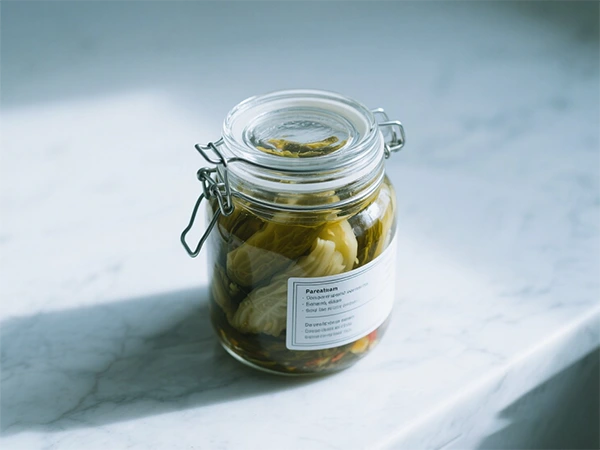
Efficient Stacking
Select jars that can be properly stored one over the other to save much space. Uniform-sized jars are coined to be more useful, owing to the fact that they stack more efficiently and the risk of over-turning is inclined.
Display Considerations
Space constraints on retail shelves are common. Always ensure that the jars you select are showcase-ready so that they can appeal to the customers. However, when it comes to boutique shops smaller jars can be fairly attractive while larger ones might suit the bulk sale section of grocery stores.
Cost and Efficiency
Last but not the least consider the ratio between the expenditure and the efficiency of the product. There may be considerable savings in using up larger jars because they appear cost effective due to less units being used however don’t forget to include extra expenses that will include using up space for storage, transporting as well as leasing the greater storage space.
Stock Up
Buying jars in bulk allows you to cut down on a lot of expenses. Meet up with your suppliers so as to negotiate the best prices possible and also think about signing long term deals for prices security.
Cost per Unit Analysis
Take a unit cost analysis in order to find out the low cost option. It is true that larger jars are more cost effective but when you are looking at the operating stage the increased weight factor and transport costs often offsets the initial savings.
With the help of these customers’ needs and strategic goals focused factors you will be able to make the right decision regarding the picking jar size which meets the requirements of the quality of the product and cost efficiency of the manufacturing.
 EN
EN AR
AR BG
BG HR
HR CS
CS DA
DA NL
NL FI
FI FR
FR DE
DE EL
EL HI
HI IT
IT JA
JA KO
KO NO
NO PL
PL PT
PT RO
RO RU
RU ES
ES SV
SV TL
TL IW
IW ID
ID LV
LV LT
LT SR
SR SK
SK SL
SL UK
UK VI
VI HU
HU TH
TH TR
TR FA
FA GA
GA LA
LA MI
MI MN
MN
